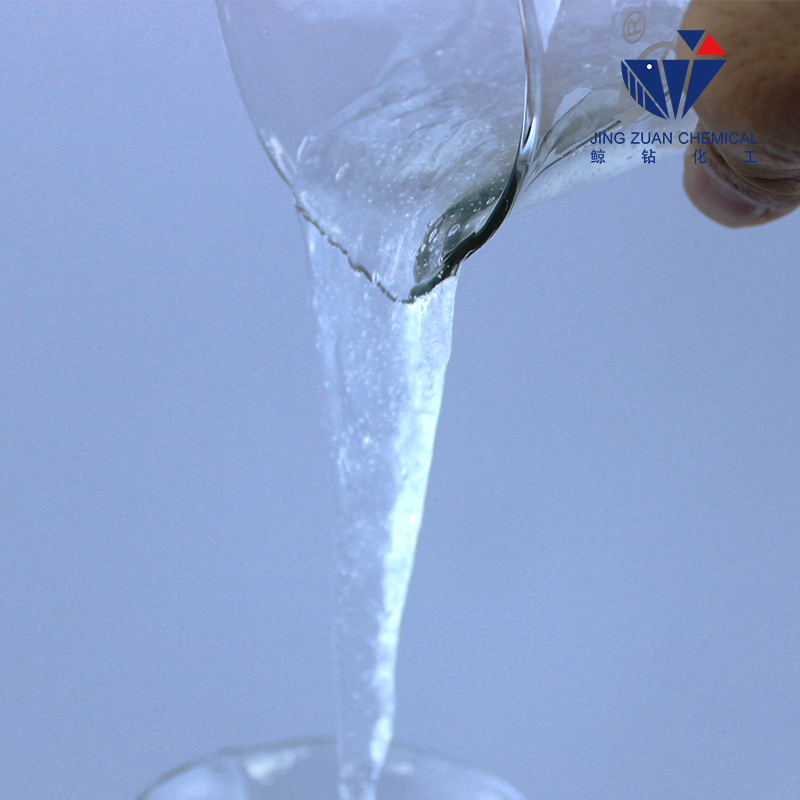
Dec . 03, 2024 17:57 Back to list
rdp powder
Understanding RDP Powder A Comprehensive Overview
RDP powder, or Redispersible Polymer Powder, has gained significant attention in the construction and building materials industry due to its unique properties and advantages. This versatile additive plays a crucial role in enhancing the performance of different construction materials, especially mortars, adhesives, and cement-based formulations. In this article, we will explore what RDP powder is, its key characteristics, applications, and benefits, as well as considerations for its use.
What is RDP Powder?
RDP powder is a fine, dry powder made from thermoplastic copolymers. These polymers are produced through a process called emulsion polymerization, where the polymer particles are stabilized in water. When the powder is mixed with water, it redisperses back into a stable emulsion. This unique feature makes RDP powder an excellent additive for various dry mix formulations in construction.
Key Characteristics
1. Enhanced Adhesion One of the primary features of RDP powder is its ability to improve adhesion between different substrate materials. This characteristic is particularly valuable in tile adhesives and render systems.
2. Flexibility and Elasticity RDP improves the flexibility and elasticity of cement-based products. This flexibility helps materials withstand stresses and strains, making them less prone to cracking and damage.
3. Water Resistance RDP-modified products show improved water resistance, which is critical for applications exposed to moisture. This property is particularly beneficial in exterior wall coatings and tile installations in wet environments.
4. Improved Workability The use of RDP powder enhances the workability of mortar and adhesive formulations. It allows for better manipulation during application, reducing labor time and increasing efficiency.
5. Increased Durability Construction materials with RDP powder exhibit enhanced durability properties, extending the lifespan of the applied systems. This durability can lead to significant cost savings over time.
Applications of RDP Powder
RDP powder is commonly used in several construction applications, including
- Tile Adhesives RDP is extensively used in tile adhesives to improve bonding strength and flexibility, ensuring that tiles remain securely in place for longer periods.
- Cement Renders and Plasters In cement-based renders and plasters, RDP powder enhances adhesion to substrates and provides better elasticity, making it ideal for both interior and exterior applications.
rdp powder

- Self-Leveling Compounds The workability and flow properties of self-leveling compounds can be significantly enhanced with RDP, ensuring a smooth, even surface.
- Repair Mortars For repair mortars, RDP improves the adhesion and flexibility, making repairs more resilient to movement and temperature fluctuations.
Benefits of Using RDP Powder
1. Cost-Effectiveness While there might be an initial cost associated with incorporating RDP powder into formulations, the long-term benefits—such as material longevity and reduced maintenance expenses—often justify this investment.
2. Versatility The versatility of RDP powder allows it to be used across a diverse range of applications within the construction industry, making it a valuable addition to various formulations.
3. Sustainable Building Practices By extending the lifespan of construction materials and reducing repair frequency, RDP powder contributes to more sustainable building practices, aligning with modern construction goals focused on environmental impact.
Considerations for Use
When integrating RDP powder into construction formulations, a few considerations should be kept in mind
- Mixing Procedures Proper mixing techniques are essential to ensure uniform dispersion of the RDP in the formulation. Inadequate mixing can lead to performance issues.
- Compatibility It is critical to ensure compatibility between RDP and other materials in the mix. Testing should be conducted to evaluate performance characteristics.
- Environmental Conditions The performance of RDP-modified formulations can be influenced by environmental conditions such as temperature and humidity during application and curing.
Conclusion
RDP powder has revolutionized the construction industry, offering significant enhancements to various building materials. Its ability to improve adhesion, flexibility, and durability makes it an invaluable additive for modern construction applications. As the industry moves towards more sustainable practices, the demand for effective and durable materials—such as those enhanced with RDP powder—will continue to grow. Understanding its properties, applications, and benefits is essential for industry professionals looking to optimize their construction processes and outcomes.
-
Versatile Hpmc Uses in Different Industries
NewsJun.19,2025
-
Redispersible Powder's Role in Enhancing Durability of Construction Products
NewsJun.19,2025
-
Hydroxyethyl Cellulose Applications Driving Green Industrial Processes
NewsJun.19,2025
-
Exploring Different Redispersible Polymer Powder
NewsJun.19,2025
-
Choosing the Right Mortar Bonding Agent
NewsJun.19,2025
-
Applications and Significance of China Hpmc in Modern Industries
NewsJun.19,2025







